In many countries, bringing AI into schools is a reality that is happening every day. For example, in the UK, from primary school, children are exposed to computer science , algorithms, and data, helping to form a foundation of logical thinking and analytical skills.
In the United States, some states such as California and Massachusetts have issued guidelines for teaching AI, focusing on three pillars: Conceptual awareness, tool application, and ethical analysis. Since 2017, Japan has encouraged the entire system to exploit new ICT technologies, including AI. South Korea has implemented AI-related subjects in middle and high schools...
Not out of that flow, Vietnam is taking the first but determined steps. Resolution No. 71-NQ/TW of the Politburo affirms that in the context of digital technology and artificial intelligence that are profoundly changing the face of global education, each country must redefine its vision and strategy for the future education system.
The Government's Action Program to implement Resolution No. 71-NQ/TW sets a target that by 2030, Vietnam will achieve initial results in improving its technological and artificial intelligence capacity. A series of specific tasks are set out in the Resolution to realize this goal; including bringing AI into the education program in conjunction with promoting creative and experiential activities.
Many localities have taken proactive steps. For example, the Ho Chi Minh City Department of Education and Training has initiated many pilot programs to integrate AI into management and teaching. In many schools across the country, AI is gradually becoming an indispensable tool, helping teachers innovate educational activities, from lesson preparation, management to personalized learning...
The potential of AI in education is huge. However, bringing AI into the education program also has many challenges. These include the digital gap between regions, affecting students' equitable access to technology infrastructure and AI resources; awareness and skills of both teachers and learners; unsynchronized infrastructure and incompleteness of AI tools themselves; legal corridors, specific regulations in schools, including rules to avoid negative consequences, such as the risk of AI dependence...
But what worries us most is not whether to bring AI into education or not - because that is an irreversible trend - but how will we teach and learn with AI?
In this regard, UNESCO emphasizes the principles of inclusiveness, ethics and child rights. OECD, in its studies on 21st century competencies, considers AI literacy as an important component of science and technology competencies in the context of globalization. UNICEF is particularly concerned with equity and inclusiveness, to ensure that all students, regardless of socio-economic conditions or regions, have the opportunity to access and develop AI knowledge.
To effectively and sustainably exploit AI potential, Vietnam needs a comprehensive strategy: Continuous training and development for teachers; building an AI capacity framework; investing in technology infrastructure; building a scientific, modern, and appropriate Artificial Intelligence Education Program; issuing clear regulations on the use of AI in schools. The important thing is how to help students consider the benefits and risks, know when to use AI support, when to assert their own abilities and intelligence...
The line between “using AI” and “depending on AI” is very fragile. If exploited properly and guided by the humanistic goals of education, AI can help each student learn according to their own abilities, free teachers from repetitive tasks to focus on creativity, where knowledge is spread more equitably. But if we rush, we can lose the core of education, which is the formation of personality, independent thinking and the ability to live responsibly in a volatile world.
Source: https://giaoducthoidai.vn/giao-duc-va-tri-tue-nhan-tao-post750909.html


![[Photo] Prime Minister Pham Minh Chinh chairs meeting to deploy overcoming consequences of storm No. 10](https://vphoto.vietnam.vn/thumb/1200x675/vietnam/resource/IMAGE/2025/10/3/544f420dcc844463898fcbef46247d16)


![[Photo] Students of Binh Minh Primary School enjoy the full moon festival, receiving the joys of childhood](https://vphoto.vietnam.vn/thumb/1200x675/vietnam/resource/IMAGE/2025/10/3/8cf8abef22fe4471be400a818912cb85)


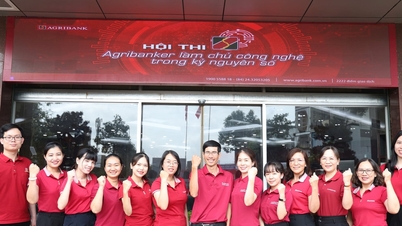

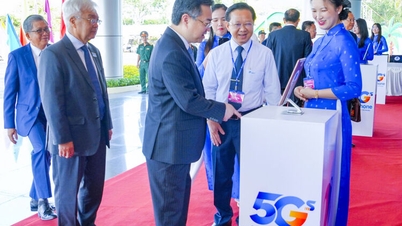

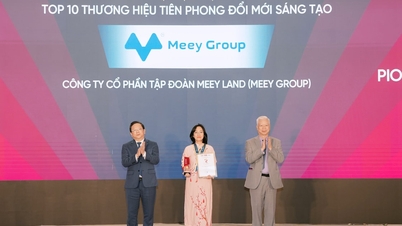
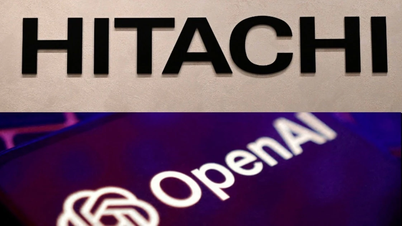



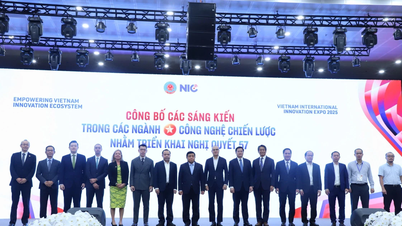
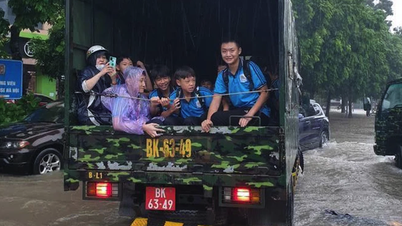

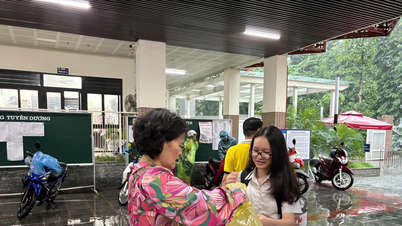





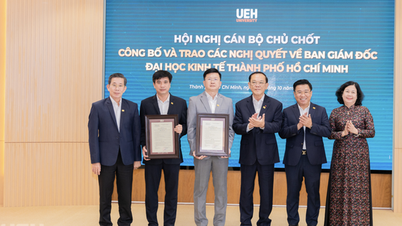




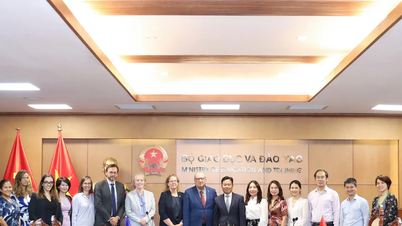
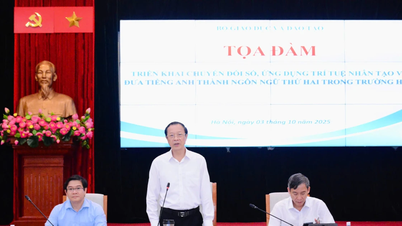
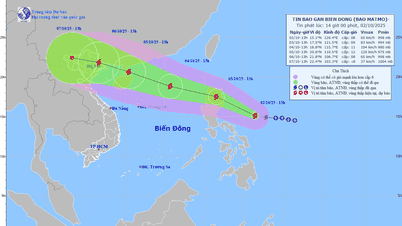

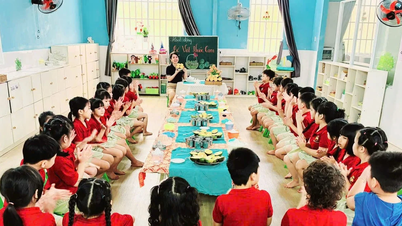
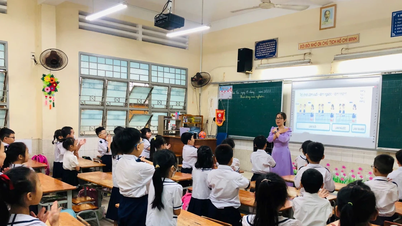



































































Comment (0)